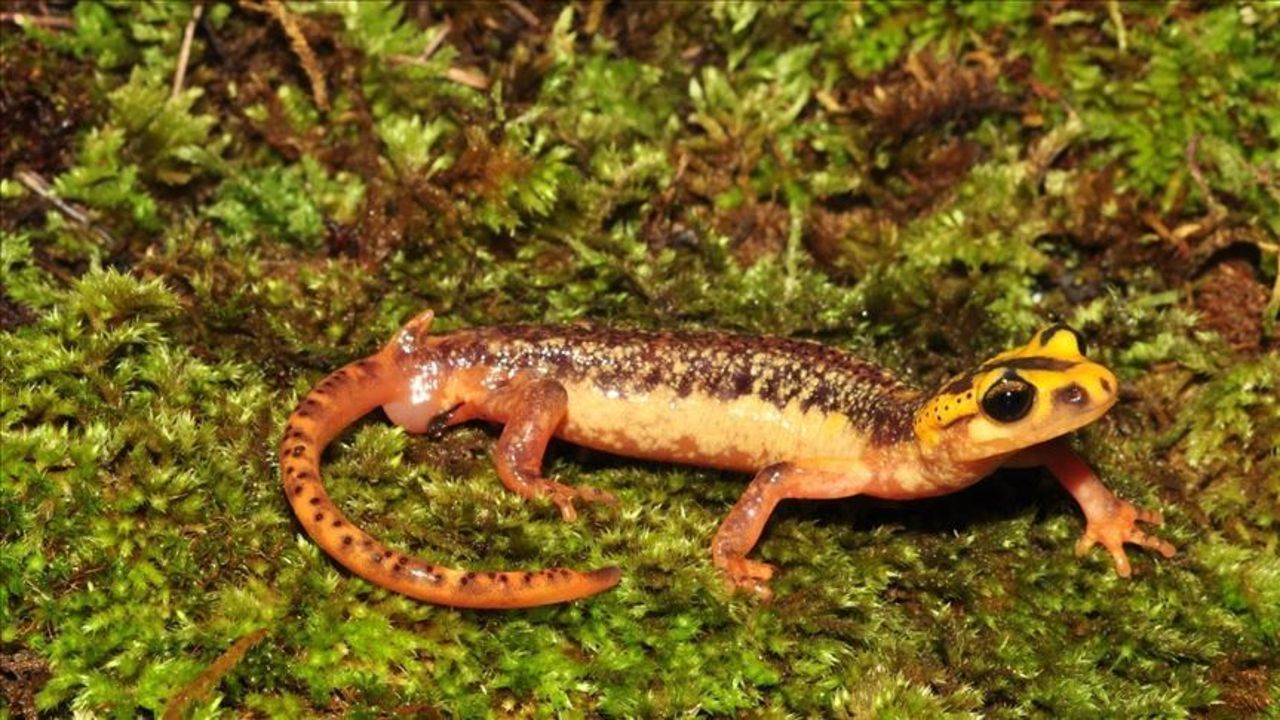Turkish researchers lead way in global amphibian conservation efforts
Groundbreaking study in Türkiye assembles an extensive database, advancing amphibian conservation by analyzing traits and occurrences of 37 species

A new study has made significant strides in the conservation of amphibians in Türkiye by compiling an extensive species-level database.
The study, published in Scientific Data, meticulously gathered data from 436 literature sources, focusing on the traits and occurrences of all 37 known amphibian species in the country.
This initiative marks a pivotal step in addressing the knowledge gap regarding the ecological characteristics of amphibians, traditionally overshadowed by distribution and taxonomic studies.
Amphibians are among the most endangered vertebrates globally, with one in three of the world’s 8,000 known species facing extinction.
In Türkiye, this threat is particularly acute, with 30% of the amphibian species listed as endangered, including 10 of the 13 species endemic to the region. The study emphasizes the urgent need for comprehensive data to understand these species' interactions with their environments and aid in effective conservation planning.
The database compiles 36 trait categories and 5611 occurrence data entries, providing a crucial tool for macroecological and conservation studies.
The traits cover various aspects, including species morphology, life history, habitat preferences, distribution and threats.
This level of detail is vital for understanding the specific needs and vulnerabilities of each species, especially given the amphibians' reliance on specialized environmental conditions for survival.
The research also highlighted the diversity of amphibians in Türkiye, home to both Caudata (newts and salamanders) and Anura (toads and frogs).
However, despite Türkiye's rich amphibian life, past studies have often lacked in-depth ecological insights. This database aims to fill that void, offering an open and comprehensive resource for future research.
In terms of methodology, the study followed established taxonomic references and incorporated categories aligned with previous research in the field.
The data collection involved a systematic review of scientific publications, field guidebooks, specialized websites and grey literature.
It's noteworthy that the database is freely accessible, underlining the study's commitment to open science and collaboration.
Finally, the study conducted meticulous validation processes, including double-checking the data for outliers or inconsistencies.
This rigorous approach ensures the reliability of the information, making the database a trusted source for scientists and conservationists alike.
The availability of such detailed and verified data is a game-changer for amphibian conservation efforts in Türkiye and sets a precedent for similar studies in other regions.
Source: Newsroom







